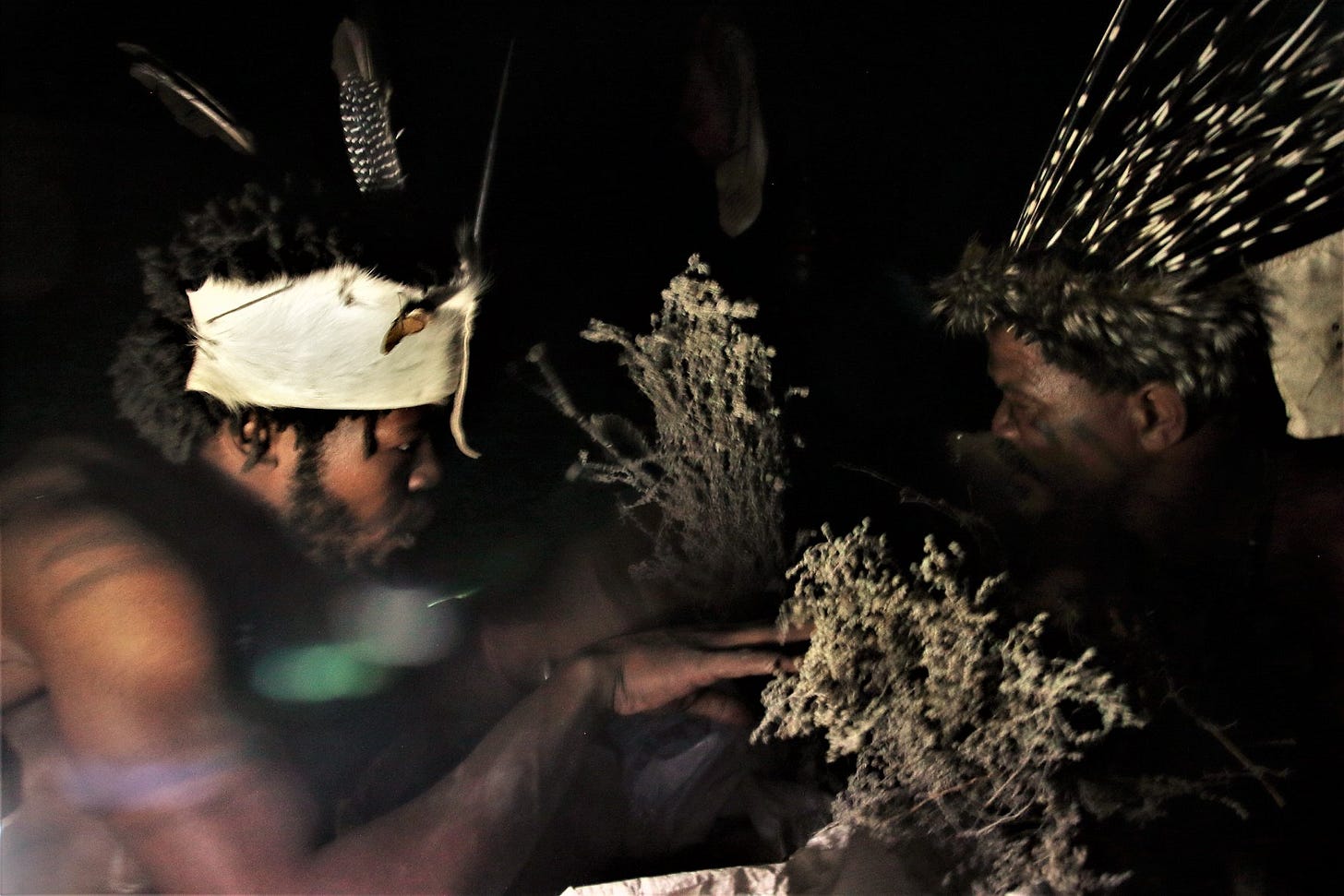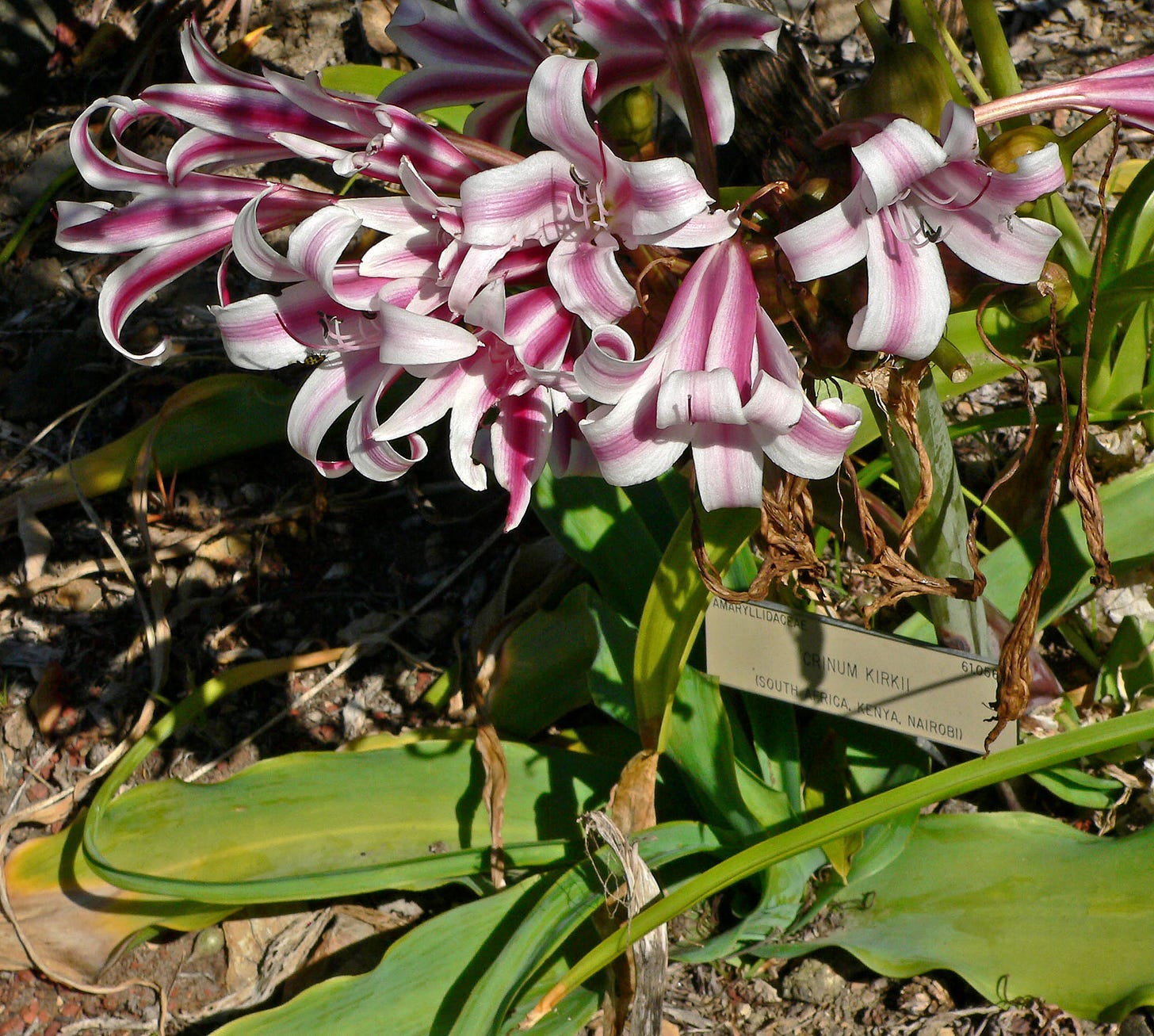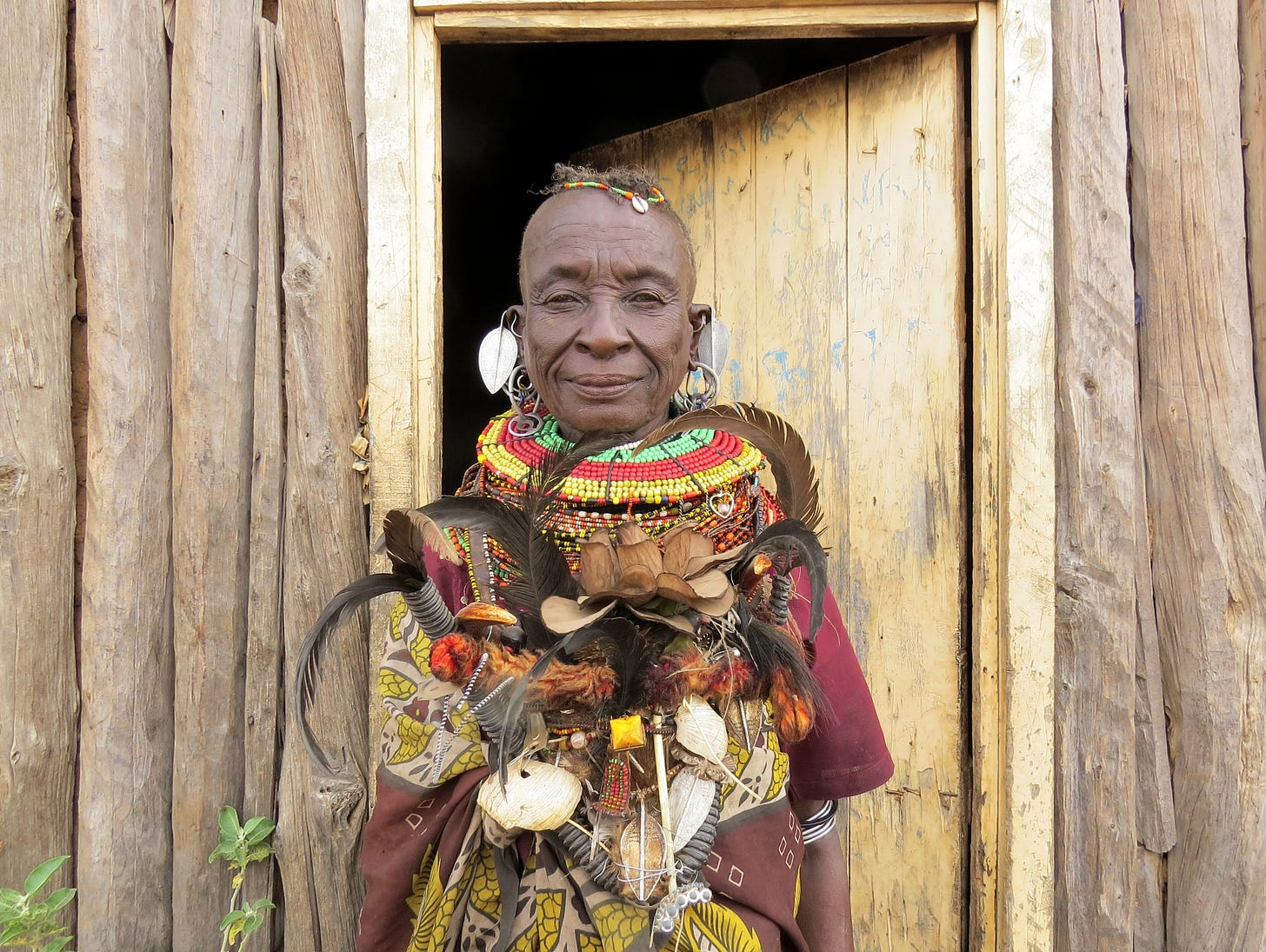The following is the first of this year’s Mythological Africans Quarterly Essay series. In three more essays coming in May, August and November, we will explore how folklore intersects with contemporary issues on the African continent.
I had intended for the first essay in this year’s series to broach the topic of what we are remembering or forgetting from what African trickster tales communicate about the relationship between individuals, communities and authority figures, especially in the context of who gets access to resources.
But as we say in Cameroon, “If chop nova done, leave am for inside pot.” (If the food is not cooked, leave it in the pot or simply put: Let Her Cook). So I beg your permission to let me cook on that one a little more.
I hope you enjoy this essay!
Folk medicine refers to the health-related knowledge, beliefs and practices indigenous to a given group. It incorporates plant, animal, and mineral based remedies, emotional and psychospiritual therapies, as well as manual techniques to diagnose, treat, and prevent illness and restore health. The folk medicine of a given population is, therefore, both inseparable from, and an accumulation of their knowledge of the flora and fauna of their geographical location at each point of their history. Folk medicine differs from allopathic or western medicine in one important way. Allopathic medicine largely relies on evaluation, diagnostic and treatment methods which have been subjected to rigorous scientific experimentation and proven to be effective for the illness they are intended to address. Folk medicine, on the other hand, is based on the idea that illness is a failure to maintain equilibrium in complex social and spiritual relationships. This requires healers to use their deep knowledge of the sociocultural and spiritual workings of their communities to address both the physical manifestation of the illness (which they do with a variety of substances), and the underlying psychological, social, and spiritual aspects of the illness, in order to re-establish the necessary equilibrium based on the community’s norms. Consequently, the care folk medicine provides is perceived as holistic – addressing the whole person – a factor which is often lacking in allopathic medical approaches which focus mainly on treating diseases of the physical body.
Folk medicine is one of the primary sources of health care around the world. This is certainly the case in Cameroon, my country of origin, where only one out of every thousand patients is able to consult with a medical specialist, and only three out of twenty patients are able to buy the medication prescribed for them in hospitals. As a result, folk medicine is the only source of health care for millions of Cameroonians.

The Process of Folk Medicine
A patient’s consultatory interaction with a folk medicine practitioner is a ritual in its own right, if taken in the strict sense of the word – that is, as sequences of activities performed in a sequestered place, which involve gestures, words, actions, or objects. The structure of this interaction: Consultation-Divination/Examination-Diagnosis-Treatment is reflected in the Consultation-Test/Examination-Diagnosis-Treatment standard of allopathic medical practice. This, in turn, has its roots in what was the folk medical practices of Europe.
Treatment in folk medicine almost always involves some kind of herbal remedy. Simply defined, herbal remedies use plant-based ingredients to treat illness. Folk healers use the leaves, bark, roots, flowers, or fruit of plants, as well as certain mineral or animal products, not only for their ability to treat physical ailments, but also for their perceived spiritual properties. Herbal remedies differ from pharmacological remedies which use compounds isolated from plants, animals and minerals, or synthesized from chemicals. Herbal medicine is a foundational component of all human cultures, a major source of healthcare globally, and the origin of modern pharmacological practice. It is inextricably linked to the culture of the communities in which it is practiced as it relies on their definitions of what wellness means, and what plants, animals, and minerals the community view as medically useful. Also, the means by which the corpus of herbal knowledge is generated, preserved, and transferred is informed by community values. Traditionally, folk herbal knowledge is transferred orally after initiation into healing societies. However, this knowledge is increasingly being preserved in books. For example, the Libonar konfen (Book of Medicines) is a treatise on the medicinal plants of the Bamoum people of Cameroon. It was compiled in 1915 by Sultan Njoya in “shümom”, the Bamoum script.
Folklore in Folk Medicine
On the African continent, folk and allopathic medical practice have an uneasy relationship, owing mainly to fundamental differences in the foundations of each practice. Training in allopathic medicine values rigorous documentation, experimentation and open knowledge-sharing. The average medical doctors trains for a minimum of 10-15 years and must have contributed significantly to their field to be considered an expert. Folk medicine, on the other hand, has a tendency towards secrecy (with serial initiations, lifetime-long trainings, and carefully guarded knowledge of practices and remedies) and the inclusion of the mystical. For example, bàbáláwos (men) or ìyánífás (women), who are the diviners and folk medicine practitioners for the Yoruba of Nigeria and Benin, study for up to 30 years, starting in childhood. During this time, they learn the art of divination, various herbal and such remedies, and memorize the Odu Ifá, an ever growing corpus of myths, incantations, proverbs, and songs that contain Yoruba ethics and morals, rituals, sacrifices, and knowledge of health-related and spiritual matters. Skilled bàbáláwos and Ìyánífás must remember which part of the Odu Ifá to chant for each divination outcome. They must also have the requisite knowledge to advise their clients about the treatments, offerings or sacrifices necessary to secure a favourable outcome for their issue. Similarly, ngangas, sangomas and other folk healers across the continent undergo various inductions, lengthy trainings, and carefully guard their esoteric knowledge.
Folk medicine historically relies heavily on oral transmission of knowledge through incantations, stories, riddles, proverbs, songs and other such means. The following song is recorded in Dagara (Burkina Faso) spiritual healer Malidoma Some’s “Of Water and Spirit”, an autobiography of his path to becoming a medicine man for his people.
For three days and two nights
let the grain soak in water
under firm ground.
I'm saying it
But I'm not saying anything.
On the third day bring the wet grain
into air below the sky
and let it rest
below a blanket of green leaves
for another three days.
I'm saying it
but I'm not saying anything.
Then separate the grains
one from the other, slowly
and let the sun dry them, slowly,
I'm saying it
But I'm not saying anything
Pound the dry grains
cook the meal for two days
and drain,
take the juice and add
some ferment.
Let it mix and foam.
I'm saying it
But I'm not saying anything.
When the juice is under a white foaming blanket
enjoy the whole of it.
I said it
But I didn't say anything.
In the folktale associated with the song, a Konton (a kind of benevolent bush spirit) shares knowledge of how to brew millet beer with a woman by giving her this song. Millet beer and other drinks like corn and honey beer, as well as the renown African palm wine are more than socially consumed drinks. They are also the solvent base of many folk medicines. Among the Dagara, a special kind of millet beer brewed for induction ceremonies has the power to “kill” inductees, removing them from their previous state of existence so they can be birthed into new ones. The brewing itself was sometimes done under highly regulated conditions. For example, among the Guidar, Kapsiki, Mafa and other peoples in the northern part of Cameroon, traditionally, the work of brewing sorghum beer was strictly reserved for men who worked in specially designed huts. Among the Kapsiki, Tè, a red colored sorghum beer is traditionally brewed by men who follow strict procedures (including abstinence from sex around the time of brewing) to preserve its ritual purity.
In a Baganda folktale, the crimson-striped lily (Crinum kirkii) helps a young prince to stop the blood flowing from a cut in his leg. What might seem like a fantastical story to an outsider takes on new meaning when it is understood that in East African folk medicine, water in which the lily’s bulb scales have been soaked is used as a wash for sores. A folktale such as this, told to children who go out to pasture herds or fetch wood and water, provided them with the knowledge needed to treat any injuries sustained while away from the watchful eyes of adults.

Consequently, because the orature of a given people is so closely linked to their folk medical practices, the diminishing centrality of folklore as both the means of transmission and substance of the beliefs and values that guide communities portends bad news for the practice of folk medicine. While scientific purists may hail this as advancement, it is worth remembering that patterns of folk medicine use across the African continent suggest that despite its inefficiencies and other shortcomings, it remains an enduring cultural artefact not just due to lack of access to allopathic medicine, but also because people have faith in traditional approaches to diagnosis and treatment. Additionally, these traditional approaches provide necessary support and restore well-being in ways that are not only culturally relevant but also affordable. Furthermore, if folklore is not carefully preserved, studied, and communicated, knowledge of folk remedies, and the potential for their study and further development, will continue to be lost to time. This might be a small sacrifice. However, considering that the 8,000 plant species documented from the African continent’s forests represent only 10 percent of the plants in the forest and more than 1,100 of these species are found nowhere else on Earth, this might mean the potential loss of knowledge carefully preserved over millennia.
The Future: Persistent Challenges
Unfortunately, the breakdown of traditional African society has weakened the rules which govern initiation, knowledge transfer apprenticeships, and the practice of folk medicine. This leaves room for pseudo-practitioners who jeopardize the health of patients, or knowledgeable but greedy practioners who take advantage of vulnerable people. When these patients end up with allopathic medical practitioners for corrective action, they further the prejudice against folk medicine. Poor quality control and safety also remain a concern. The same plant may be used to treat different diseases but preparation methods and doses differ with no clear or consistent pattern across place and time. Sanitary storage and infection control are often afterthoughts. This lack of care and coherence in approaches used in folk medicine remains one of its biggest weaknesses. However, there is resurging interest in and changing attitudes towards folk medicine as health focused governing bodies recognize the key role it continues to play in supporting population health. Therefore, despite this tension, there is an ever increasing mutual recognition of the value each kind of medical practice brings to communities, and a willingness to cooperate among the practitioners. Suggestions proposed by both folk and allopathic practitioners across the continent include clearly defined rules of engagement between the practices, regulations which ensure that patients get the best possible care, and means by which folk medicine practitioners can access adequate training as well as legal and other protections. One might hope that folkloric approaches like stories, wise sayings and riddles, these easily accessible and culturally ingrained methods of knowledge transfer and preservation, are not forgotten in the ongoing effort. The implications for first aid alone would be worth it!
References
Abdullahi, Ali Arazeem. "Trends and challenges of traditional medicine in Africa." African journal of traditional, complementary and alternative medicines 8.5S (2011).
Bascom, William W. Ifa divination: Communication between gods and men in West Africa. Indiana University Press, 1991. p2
Baskerville, Rosetta. The King of the Snakes and Other Folk-lore Stories from Uganda. Sheldon Press, 1922. p38-40
Fennell, C. W., and J. Van Staden. "Crinum species in traditional and modern medicine." Journal of ethnopharmacology 78.1 (2001): 15-26.
Goody, Jack. The Myth of the Bagre. United Kingdom, Clarendon Press, 1972. p81
Hillenbrand, Emily. "Improving traditional-conventional medicine collaboration: perspectives from Cameroonian traditional practitioners." Nordic journal of African studies 15.1 (2006).
Li, Fu-Shuang, and Jing-Ke Weng. "Demystifying traditional herbal medicine with modern approach." Nature plants 3.8 (2017): 1-7.
Njouonkou, André Ledoux, et al. "Diversity of edible and medicinal mushrooms used in the Noun Division of the West Region of Cameroon." International Journal of Medicinal Mushrooms 18.5 (2016).
Ntie-Kang, Fidele, et al. "Cameroonian medicinal plants: a bioactivity versus ethnobotanical survey and chemotaxonomic classification." BMC complementary and alternative medicine 13 (2013): 1-18.
Ozioma, Ezekwesili-Ofili Josephine, and Okaka Antoinette Nwamaka Chinwe. "Herbal medicines in African traditional medicine." Herbal medicine. IntechOpen, 2019.
Pal, Sanjoy Kumar, and Yogeshwer Shukla. "Herbal medicine: current status and the future." Asian pacific journal of cancer prevention 4.4 (2003): 281-288.
Qi, Zhang. "WHO Traditional Medicine Strategy. 2014-2023." Geneva: World Health Organization (2013).
Somé, Malidoma Patrice. Of water and the spirit: Ritual, magic, and initiation in the life of an African shaman. Penguin, 1995. p69-70
Vickers, Andrew, and Catherine Zollman. "Herbal medicine." Bmj 319.7216 (1999): 1050-1053.
Weiss, Rudolf Fritz, and Volker Fintelmann. Lehrbuch der Phytotherapie. Vol. 6. Stuttgart: Hippokrates Verlag, 1991.
Wikipedia contributors. "Ritual." Wikipedia, The Free Encyclopedia. Wikipedia, The Free Encyclopedia, 16 Oct. 2020. Web. 5 Nov. 2020.
World Health Organization. Legal status of traditional medicine and complementary. No. WHO/EDM/TRM/2001.2. World Health Organization, 2001.





“I'm saying it, but I'm not saying anything” reminded me of how secrecy in plain sight is something that’s common among African diasporic spiritual practices. For many of us, we can tell you every step and you can have every ingredient, but if you don’t have the cultural connection (usually by blood) or the spirits don’t recognize you, it won’t work.
Really appreciate this exploration! I'm an allopathic MD and I've been initiated in the American branch of Dagara divination (very beginning of that path). I think you are right that there is a type of cultural/ancestral/social healing in folk medicine that is beyond the tools, training, and skill set of allopathic medicine. And similarly, there is a mechanistic view of the body (heart valve replacements, for example) that simply can't be done outside of allopathic medicine. Unfortunately, in colonialism in general and global medicine in particular, we came to other places with the arrogance that we had all the answers and severely damaged a lot of powerful healing modalities in the process. A dream of mine would be to interview traditional healers around the world, learn what conditions are the most frustrating and satisfying to treat with the skills they have and how they do what they do. This was more long-winded than I intended, but you hit an interesting intersection of my passions that I appreciate.